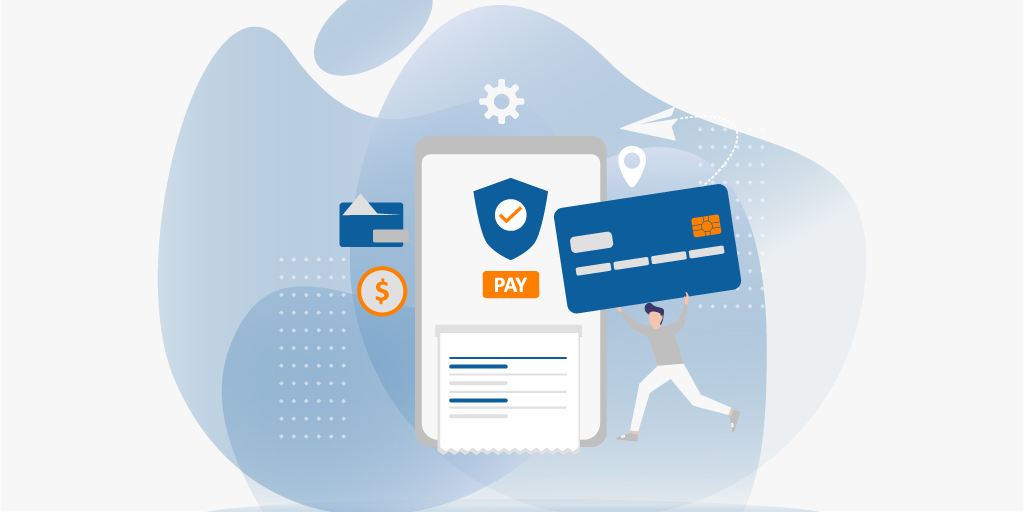Challenger banks can use intelligent authentication to comply with security requirements and develop a competitive advantage against modern as well as incumbent competitors by retaining great user experience.
Regulations, such as PSD2 and GDPR, mandate financial institutions to prioritize the protection of customers’ money and data. To ensure regulatory compliance, banks must improve the security of payments and accounts using strong authentication.
A combination of intelligent authentication and mainstream methods provides a better user experience for 2FA or MFA as well as for risk-based authentication. Behavioral authentication enables challenger banks to set apart from competitors, traditional “brick and mortar” banks, neobanks, and other fintechs.

Authenticating people by the way they type, for example, is frictionless, much friendlier, and cost-effective in protecting credit card payments and preventing identity fraud. Here are five reasons why applying intelligent authentication develops a competitive advantage.
1. User experience
Device switching and accessibility issues due to traditional authentication methods such as soft and hard tokens burden the user-experience. Thus, to approach less tech-savvy consumers banks must deal with the hassle of use and onboarding.
Innovative technologies such as typing biometrics present an opportunity for digital banks to provide user-friendly financial services. By doing so, they create a much-needed edge in the competition against legacy banks and other fintechs.
2. Compliance with regulations
Typing biometrics, known as keystroke dynamics, has recently been approved by EBA for strong customer authentication (SCA) requirements under PSD2, a European regulation that addresses online payment providers.
Although the PSD2 deadline has been extended, a large proportion of banks are not yet prepared for compliance. In the post-PSD2 world, effortless authentication such as behavioral biometrics will be key drivers of success in the banking industry.
3. Differentiation through innovation
Using metrics embedded in people’s transient behavior can develop differentiation through innovation, greatly benefiting the overall image of financial providers by association with disruptive technologies.
4. Cost-effectiveness
Typing biometrics is one of the most available authentication methods on mobiles and desktops without requiring additional hardware or browser permissions. This makes it so much more advantageous than mainstream alternatives such as face identification, voice recognition, and fingerprint.
In a risk-based authentication scenario, the use of typing biometrics can reduce the numbers of OTPs sent via SMS and thus increasing cost-effectiveness.
Typing biometrics technology is easily deployable, minimizing effort for the IT departments. It works by sending verification requests containing users’ recorded typing patterns to TypingDNA’s API. The API gives a positive or negative response, including score, confidence level, and device similarity.
5. Financial inclusion
Studies show that seniors find authentication with biometric factors challenging, while millennials prefer typing over voice calls. Many underbanked and underserved people can’t afford smartphones or simply don’t know how to use them. Therefore, taking into account the mobile-first approach to modern banking, customer-centricity can’t be fully acquired.
However, intelligent authentication offers the chance for all customers to equally benefit from banking services. Banks can boost access to financial services for both underprivileged and senior people by implementing easy to use authentication. The application of technologies like typing biometrics doesn’t require tech-knowledge or biometric scanners, thus reducing the effort users put into making payments.

